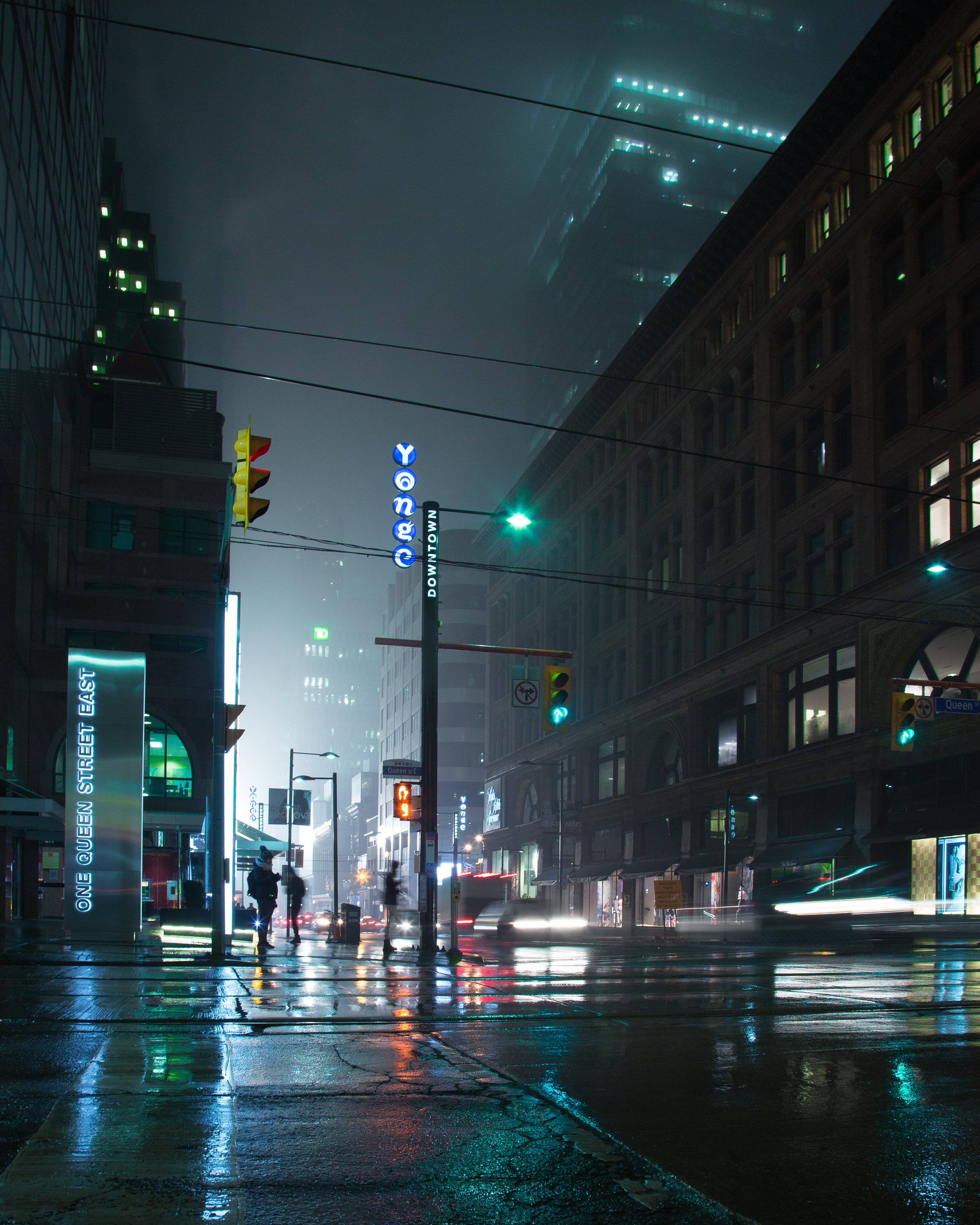Hostile architecture is any form of infrastructure that is designed to restrict the usage of the space. The term is most often used to refer to built environments that prevent unhoused individuals from using the space. In their simplest form, they may be spikes or fences blocking access to sheltered areas used for sleeping. These forms often draw negative attention from the public because rather than hiding the issue of homelessness, they act as a reminder.
Rather than addressing social issues, these alternative methods are employed with the intention that they go unnoticed by those they do not affect. The most common of these methods are benches with dividers or rails that prevent a person from sleeping on them. This deterrent works to simply push people away, rather than create a sustainable solution to the issue. Other examples include fi lling alcoves with large and heavy potted plants or art pieces, playing music or keeping bright lights on all night to discourage people from sleeping in the area. Garden sprinklers in fields or planters may also be designed to spread onto walkways at night to stop people from staying there.

So-called Mosquitoes emit high-pitched noises that cannot be heard by people over the age of about 20. These deter young people from loitering in front of stores.
Purple or blue streetlamps or bathroom lights are intended to deter IV drug users, as they make it difficult to see veins under the light.
Image Credit: Filip Mroz on Unsplash

